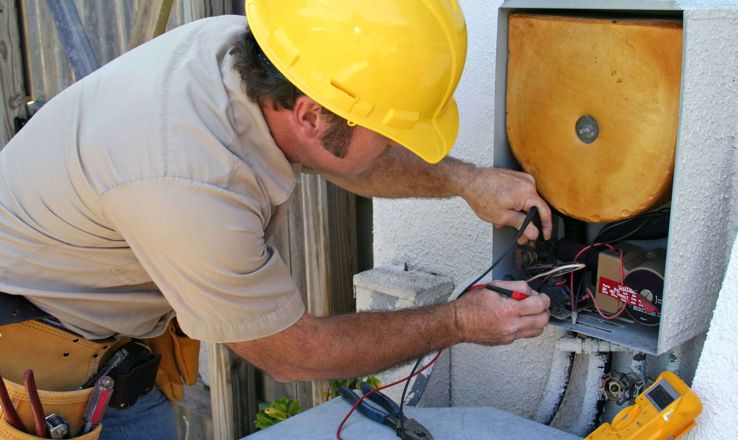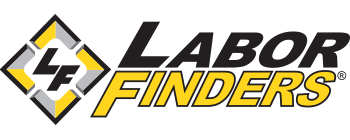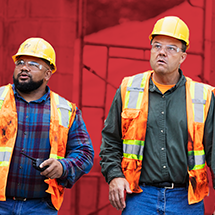-
Job Seekers
X
Job Seekers
Whether you're looking for a temp job or a permanent career, Labor Finders has you covered!
-
Explore
- How it works
- Industries
- Blog
- Locations
- Job Search
You May Also Be Interested In

2024 Employee of the Year
Learn more about our amazing Employee of the Year
-
-
Employers
X
Employers
Let us help you find the workers you need, when you need them.
You May Also Be Interested In

2024 Staffing Trends Quiz
Construction Staffing Trends Quiz
-
Industries
X
Employer Industries
Ready to staff your next project? Our staffing experts has the knowledge and the workers to cater to your unique staffing needs.
In this Section:
Job Seeker Industries
From construction to waste management, we have job openings in whatever industry you’re interested in.
In this Section:
-
About
X
About You
Getting matched to the right job, gaining the flexibility you want, making an impact in your community - at Labor Finders, it’s all about you!
-
You may also be interested in
- About Us
- Job Search Results
- Find an Office
- How it works
- Blog
About Us
With almost 200 offices nationwide, we’ve been putting people back to work for over 40 years. See why we’re a leader in the blue-collar staffing industry.
-
You may also be interested in
- About Us
- Media Center
- Video Library
- Leadership Team
- Careers
- In The Community
- History
-
- Location
Safety
How to Stay Safe as an Electrician

The nature of electrical work carries a level of risk. However, by following rules and procedures like these next five, the work of an electrician can be a whole lot safer.
Lockout and Tag out
The key to staying safe while working as an electrician is minimizing your contact with live electrical currents. One major way to do that is making sure you lockout and tag out circuits and machines you’ll be working on. The first step is to make sure the power is shut off and the equipment is de-energized. Then physically lock them so no one can easily go in and turn the power back on while you're working. Follow up with tagging them with an easy to read sign that warns people not to touch the power source on the machine you’re repairing. By following this safety tip in accordance with OSHA’s guidelines can prevent an estimated 120 fatalities and 50,000 injuries each year according to the Electrical Safety Foundation International.
Wear the Right PPE
Just like construction workers and welders, wearing the right gear is important to staying safe as an electrician. Flash fires and exposure to live electrical equipment are hazards that the right clothing and equipment can keep you safe from. What you need to wear will depend on the type of electrical work you’ll be doing but PPE includes things like gloves, goggles, flame resistant clothing, and hard hats. No matter what you’re using, make sure they fit, are worn correctly and are in good working order.
Ground Electrical Equipment
Electrical currents travel from their power source into the closest thing it can find. To make sure it isn’t you, ground electrical equipment. By connecting the electrical system into the earth, you create a barrier sending the currents flowing through it into the ground instead. This can be done by connecting it with a wire to a device already in the earth or using metal plumbing as grounding conductors. Not only are you protected by any stray currents but also by outside voltage sources like lightening.
Use the Right Wiring
Electrical systems run smoothly and safely when the proper wiring is used to handle the electrical currents. If the wrong type or size is used, it can create an unsafe work environment (i.e overloading the power source and causing electrocution or fires). So as an electrician, always make sure you’re using the right wires for the job and that they aren’t worn or frayed. The same goes for extension cords. Only use those that can handle the voltage of the equipment it’s providing power to.
Watch out for Overhead Lines
If a job requires you to work near overhead electrical lines it’s important to heed these safety tips. Don’t keep tools and equipment near these high voltage objects and if using a lifting type of equipment to work keep at least 10 feet between you and the lines. Any type of contact with them can be fatal.
Are you an electrician looking for his next job opportunity? Click here to find an opening near you!















